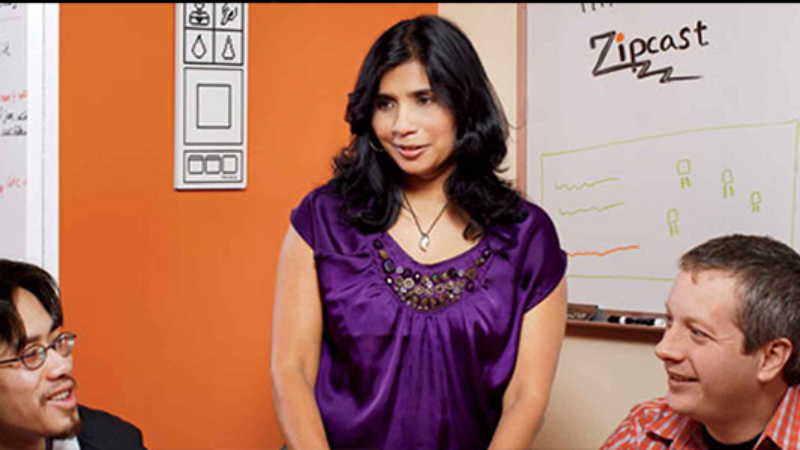Technology changing the face of Education
Try imagining a day without technology; feels suffocating, isn’t it! Technology has now become a daily routine and part-and-parcel of our day-to-day life. Our day starts with one and ends with one. The pace at which technology is getting advanced these days, it is evident that the impact of technology today is huge. Technology has made it possible and effortless for all of us to communicate with people across the globe through email, Skype, instant messaging, social media, etc. It has further enabled mankind to strengthen their relationships with friends, relatives, and colleagues.
There’s no denying fact that the advancements in technology have greatly influenced the various fields like Healthcare, Education, Communication, Manufacturing, Banking, etc. Spreading its wings over Education, technology has influenced the field of education as well making a positive impact on the education process and changing the perception of learning. The transition is evident in digital classrooms, smart schools and online learning being inculcated into the educational system. The continuous transformation that technology manifested in the educational sector has made it obvious for the schools to embrace and integrate technology into the classrooms.
From traditional classroom teaching to online teaching, from blackboards to interactive whiteboards and from textbooks to iPads, information technology in education has transformed the educational system by giving it a global platform. Technology has made our learning world smaller so that everyone can have access to the education of the global classroom. With the emerging technologies in education changing the perception of learning, schools have integrated technology in the classroom to enhance better learning and teaching. This is how technology has been changing education.
Future Impact of Technology:
Technology involvement in the educational realm has had a huge impact on improving the quality of education and making teaching effective. However, there will be more changes anticipated in the future and below is a glimpse of how the future technology in the classroom would be
1) Virtual and Augmented Reality: We have been hearing about VR and AR in almost every diverse fields like construction, retail, marketing, manufacturing, medicine, etc. Not leaving education behind, VR and AR applications are being implemented in education as well. This is an amazing technology that turns concepts into reality and puts a digital layer over the real world. Here, the students are each given a pair of virtual reality headsets and 3D moving images appear in front of them. The augmented reality technique gives additional information, brings models to life and enhances the overall learning experience for students. This is a more engaging, interactive method of teaching and is expected to gain momentum in the near future.
2) Biometrics – Eye Tracking: Biometrics is currently being used in every organization, school, and industry to combat the privacy and security concerns. In education, the same biometrics can be used to understand the performance of the students using their physical traits. For instance, consider the eye-tracking technology, which can be used to analyze every student and ascertain, assess how students respond to learning during online sessions by capturing their eye movements. Depending upon the analysis made from the collected data, teachers can easily identify and recognize which student needs additional assistance and work on it.
3) Multi-Touch Screens: There has been a major transition in classroom learning over the past few decades shifting from blackboards to interactive whiteboards. This technology is where a giant LCD screen that is capable of generating images, sounds, and videos, is attached to a computer in the classroom. The screen which is capable of detecting multiple touch inputs from many students simultaneously, helps teachers and students work collaboratively on projects and presentations. These smart and interactive displays are expected to become the hub of classroom or business in future engaging students in global collaboration allowing them to collaborate with their peers using social networking.
Wrapping up, it is ascertained that in the near future, education will no longer be restricted to conventional schools and classes. Using the aforementioned technological practices like augmented reality, interactive displays, and adaptive learning systems, learning is expected to go beyond the classrooms. Time, space, and geographical constraints will be completely eliminated in education in the days to come.










